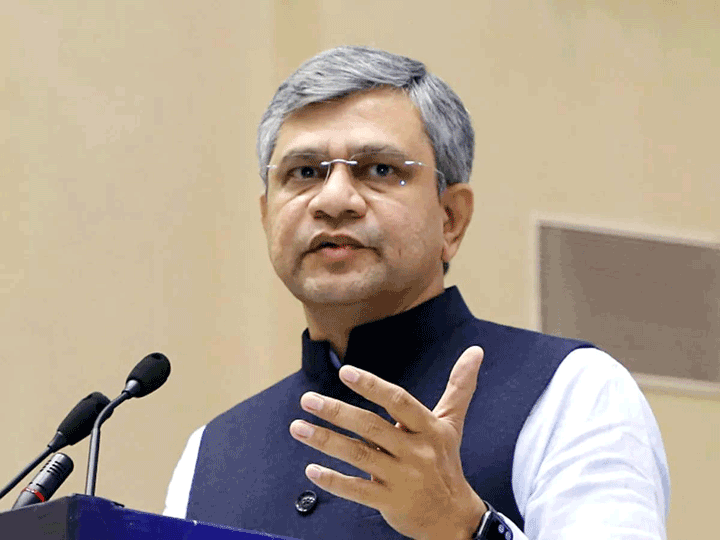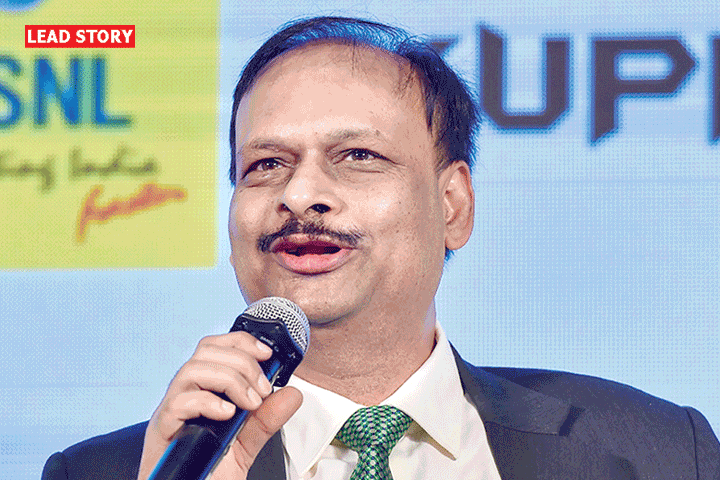5G deployment still a few years away in India due to spectrum allocation constraints: Ericsson
Swedish telecom gear maker Ericsson said 5G deployment in India is still a few years away due to spectrum allocation related constraints in the market.
“The overall telecom market in South East Asia, Oceania and India has strong fundamentals in terms of the growth in subscriptions, smartphone penetration, and data consumption. At the same time, operators are challenged by intense competition and the cost of managing increased data traffic,” Nunzio Mirtillo Head of market area South East Asia, Oceania and India said in Ericsson’s 2019 annual report.
“However, spectrum allocation constraints mean that the majority of 5G deployments across South East Asia and India are a few years away,” he added.
In India, the government is planning to conduct the next spectrum auction in Q1 FY21, where it is supposed to auction both 4G and 5G airwaves. Private telcos like Airtel and Vodafone Idea, however, highlighted that spectrum was overpriced and needed to be brought down substantially if the prime minister’s vision for ‘Digital India’ was to become a reality.
Telecom Regulatory Authority of India (Trai) chairman RS Sharma recently contented that 5G base price was recommended after industry feedback, saying all telcos unanimously had called for lower prices in the 5G band of 3.3-3.6 GHz and the 700 MHz bands. The claim was rejected by telcos.
Ericsson said that the demand for 5G is growing across most markets as a means of increasing efficiency, improving customer experience and creating new revenue opportunities.
“5G has been launched commercially in Australia and there have been 5G trials during 2019 across India, Indonesia, New Zealand, the Philippines, Malaysia, Singapore, Thailand and Vietnam,” Mirtillo said.
The gear maker said that sales remained stable in 2019 in the whole region. “Growth in Managed Services was driven by add-on sales and by a contract that was signed in 2018. Digital Services sales decreased, due to lower legacy product sales in India,” it added.
In South East Asia and Oceania (excluding India), 3G is still the dominant technology, at 44% of all subscriptions in 2019. However, LTE subscriptions grew by approximately 35% during 2019, taking a 34% share of total mobile subscriptions in the region.
In India, as a result of the strong growth in the number of LTE subscriptions over the past couple of years, LTE has emerged as the dominant technology during 2019. By year-end 2019, LTE accounted for 48% of total mobile subscriptions, and the share of 2G subscriptions stood at 41%, Ericsson said.











